Marsupials are a fascinating group of animals known for their pouches, unique reproductive traits, and diverse abilities. While kangaroos and koalas might be the most famous, many rare marsupials have surprising abilities that help them survive in challenging environments. From gliding through forests to thriving in deserts, these remarkable creatures demonstrate how evolution can lead to extraordinary adaptations. Each of these has a special trait or behavior that makes them stand out, offering a deeper look into the marvels of the animal kingdom. Here’s a closer look at some of the most intriguing marsupials with unexpected skills and adaptations.
Antechinus (Antechinus spp.)
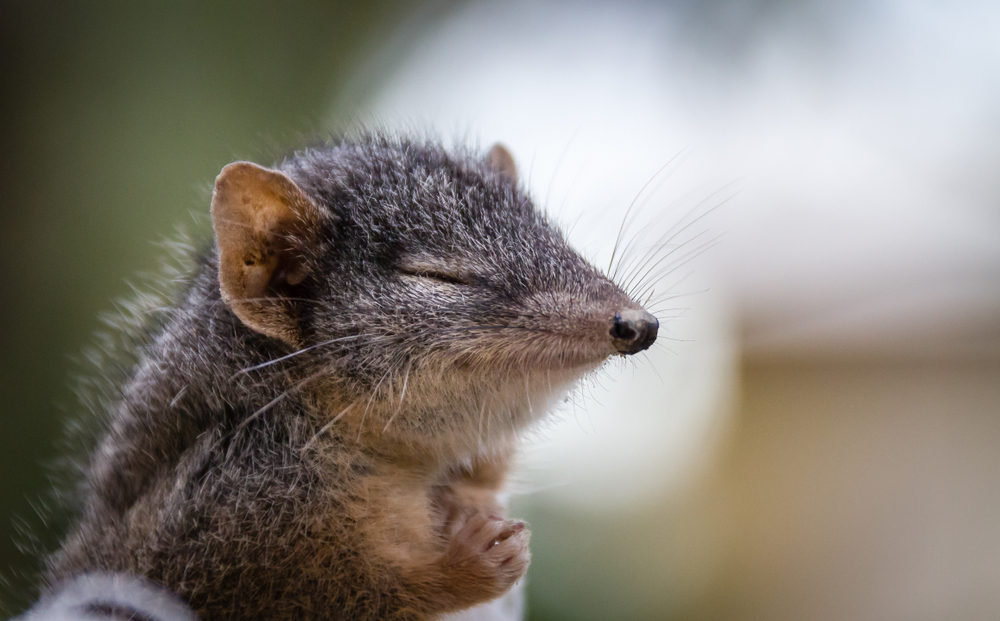
Antechinuses are small, mouse-like marsupials native to Australia, renowned for their intense and fatal mating behavior. During the breeding season, males engage in a frenzied mating period lasting up to two weeks, during which they mate with multiple females incessantly. This exhaustive effort leads to a complete breakdown of their immune system, resulting in death shortly after the mating season—a phenomenon known as semelparity, which is rare among mammals. Females have the remarkable ability to store sperm and delay embryo development until environmental conditions are favorable, ensuring the survival of their offspring. This reproductive strategy allows antechinuses to synchronize the birth of their young with periods of abundant food resources. Interestingly, despite the males’ short lifespan, this strategy ensures genetic diversity and the continuation of the species. Recent studies have shown that environmental stressors can influence the timing and intensity of these mating behaviors, highlighting the adaptability of antechinuses to changing conditions.
Marsupial Mole (Notoryctes spp.)

Marsupial moles, comprising species like the southern marsupial mole (Notoryctes typhlops) and the northern marsupial mole (Notoryctes caurinus), are elusive, blind marsupials that spend most of their lives underground in the deserts of central Australia. Unlike true moles, they have evolved independently to occupy a similar ecological niche, showcasing convergent evolution. Their bodies are streamlined for “swimming” through sand, with powerful forelimbs equipped with large claws for digging and a leathery shield on their noses to protect against debris. Remarkably, they lack functional eyes and external ears, adaptations that suit their subterranean lifestyle. Their fur is silky and repels dirt, facilitating smooth movement underground. They have a backward-facing pouch, preventing sand from entering while they dig. Due to their secretive nature, much about their behavior and ecology remains a mystery, making them a subject of ongoing scientific interest.
Numbat (Myrmecobius fasciatus)
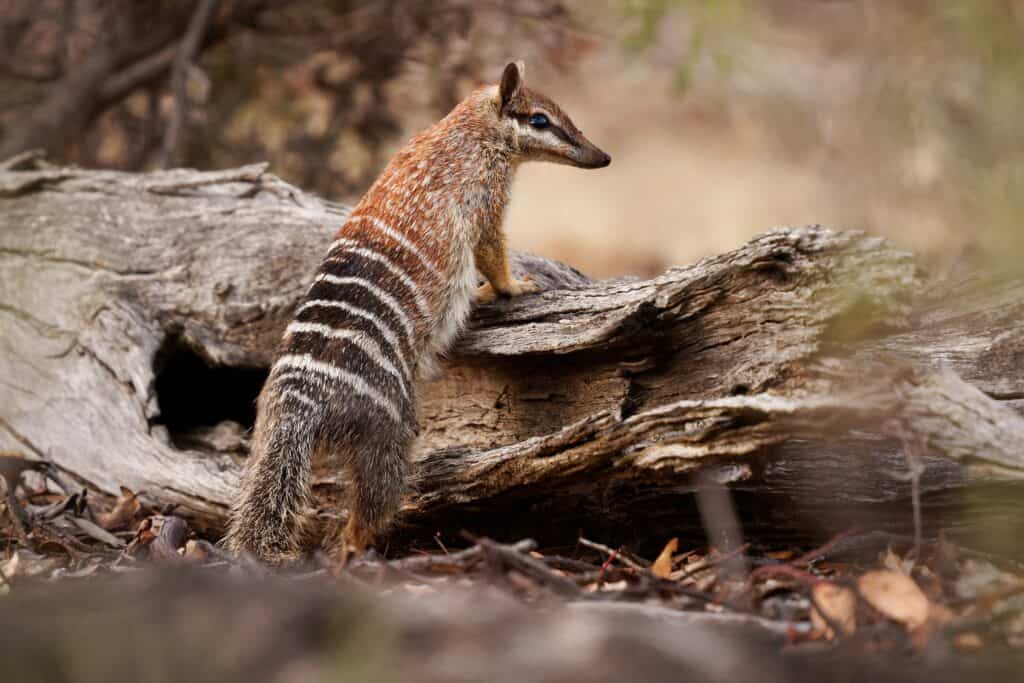
The numbat, also known as the banded anteater, is a small, diurnal marsupial native to Western Australia, distinguished by its reddish-brown fur and white stripes. Unlike most marsupials, they are active during the day and lack a functional pouch. They possess an extraordinarily long, sticky tongue, extending up to 11 centimeters, which they use to extract termites from narrow crevices. A single one can consume up to 20,000 termites in a day, playing a crucial role in controlling termite populations. Their keen sense of smell aids in locating termite nests, and their sharp claws are adept at breaking into them. They have a specialized diet, relying almost exclusively on termites, which makes them vulnerable to habitat changes that affect termite availability. Conservation efforts have been implemented to protect their habitats and manage threats from introduced predators.
Sugar Glider (Petaurus breviceps)
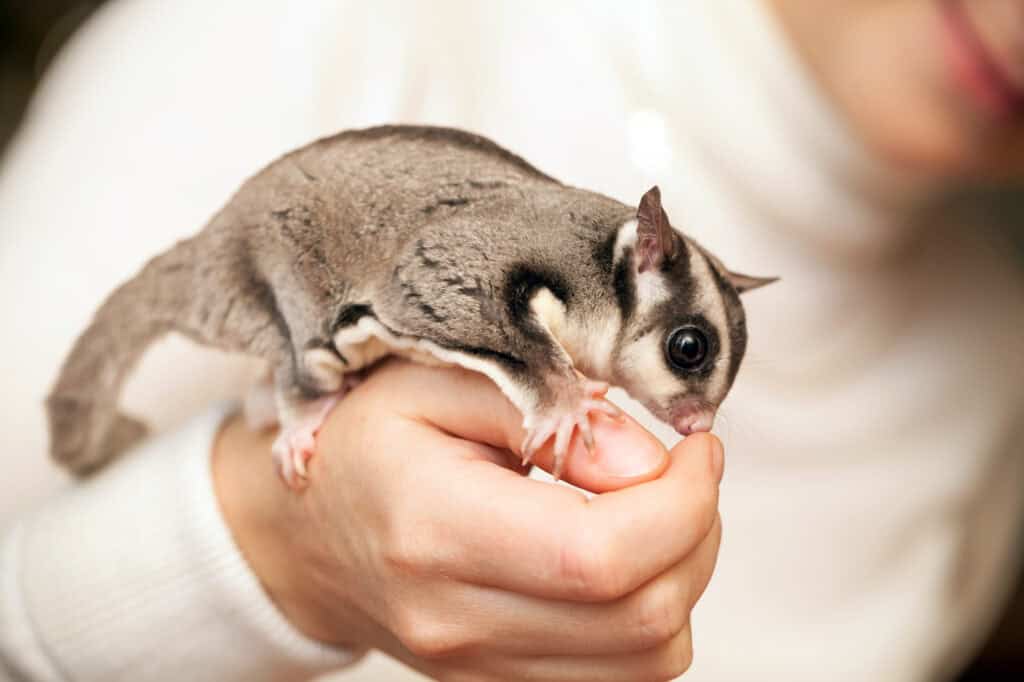
Sugar gliders are small, nocturnal marsupials native to Australia and New Guinea, renowned for their ability to glide through the air. They possess a patagium, a membrane stretching from their forelimbs to hindlimbs, allowing them to glide distances of up to 50 meters between trees. This adaptation enables them to forage efficiently and evade ground-based predators. They are highly social animals, living in groups of up to seven adults and their young, and communicate through a series of vocalizations and scent markings. Their diet is varied, including nectar, sap, insects, and fruit, reflecting their adaptability to different environments. They have a preference for sweet foods, which is reflected in their name. In captivity, they require specialized care to meet their dietary and social needs, highlighting the importance of understanding their natural behaviors.
Quoll (Dasyurus spp.)
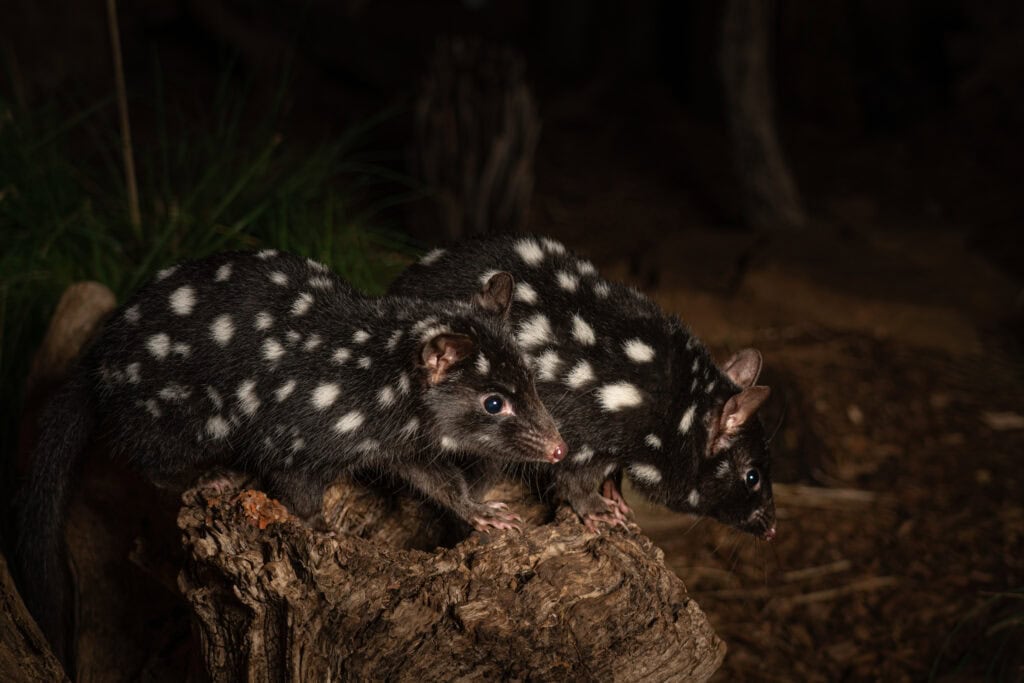
Quolls are carnivorous marsupials native to Australia and New Guinea, characterized by their distinctive spotted coats and cat-like appearance. They are primarily nocturnal and are adept climbers, often hunting in trees as well as on the ground. They have a varied diet, feeding on insects, small mammals, birds, and carrion, showcasing their role as opportunistic predators. Some species have developed the ability to detect and avoid consuming poisonous cane toads, which have been detrimental to other predator populations. This adaptability highlights their capacity to adjust to new threats in their environment. They play a significant role in their ecosystems by controlling the populations of various prey species. Conservation efforts are ongoing to protect quoll populations from habitat loss and introduced predators.
Cuscus (Phalangeridae family)
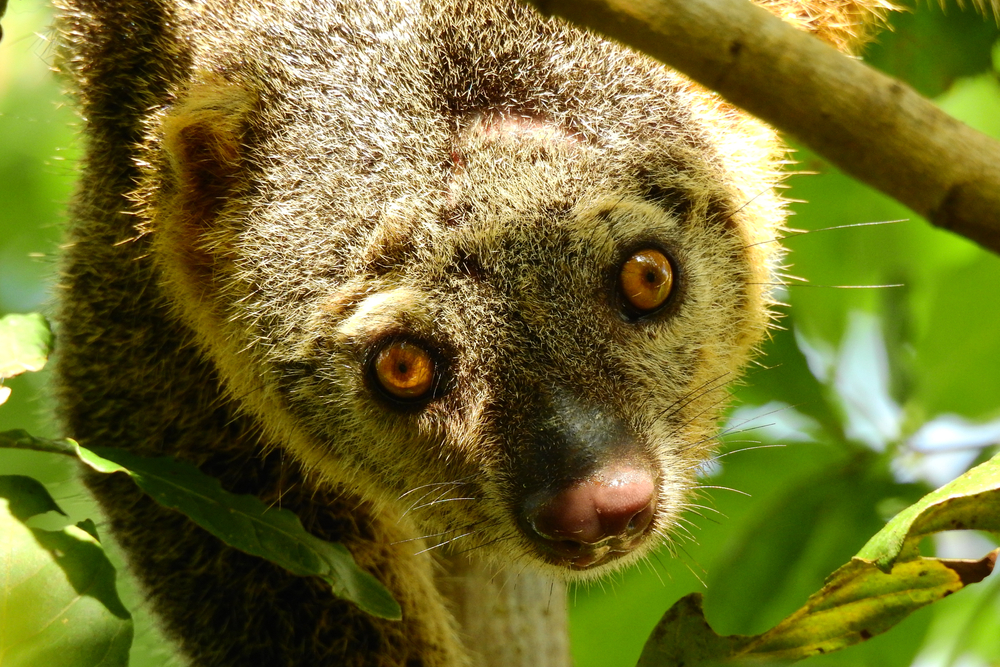
Cuscuses are tree-dwelling marsupials found in northern Australia and nearby islands, notable for their prehensile tails, which they use like an extra limb for gripping branches. This adaptation allows them to navigate the forest canopy with ease. They have large, forward-facing eyes that provide excellent night vision, aiding their nocturnal lifestyle. They exhibit a range of fur colors and patterns, with some species displaying striking hues that serve as camouflage in their arboreal habitats. Their diet is primarily herbivorous, consisting of leaves, fruits, and flowers, although some species may consume small animals. They are generally solitary animals, with individuals occupying and defending specific territories. Their slow reproductive rate and specialized habitat requirements make them vulnerable to habitat destruction and hunting.
Long-Footed Potoroo (Potorous longipes)
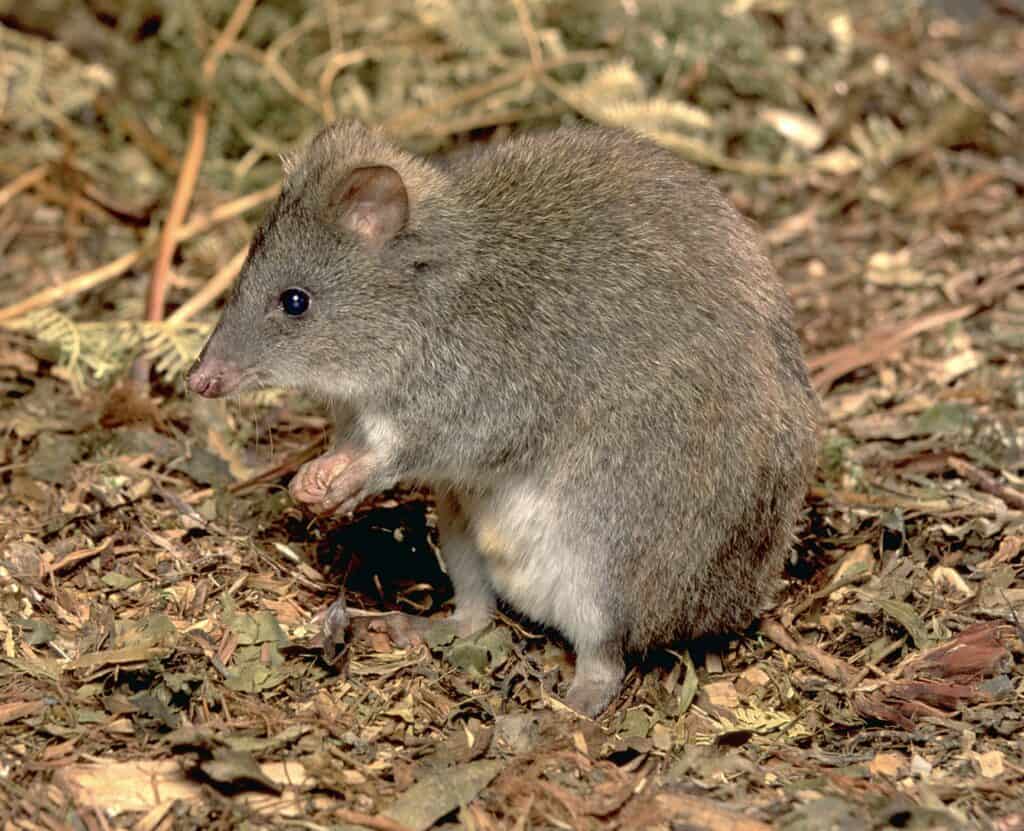
The long-footed potoroo is a small marsupial native to the dense forests of southeastern Australia, known for its unique foot structure. Its elongated hind feet allow it to hop swiftly through underbrush, making it highly agile in its forested habitat. Unlike many marsupials, it is solitary and relies on its sense of smell to locate underground fungi, which make up a significant part of its diet. This dietary specialization supports forest ecosystems by aiding in the dispersal of fungal spores, essential for plant growth. The long-footed potoroo has an extensive range, but it remains elusive and is seldom seen, partially due to its shy and nocturnal nature. Habitat loss and predation by introduced species like foxes and cats pose significant threats to its survival.
Eastern Quokka (Setonix brachyurus)
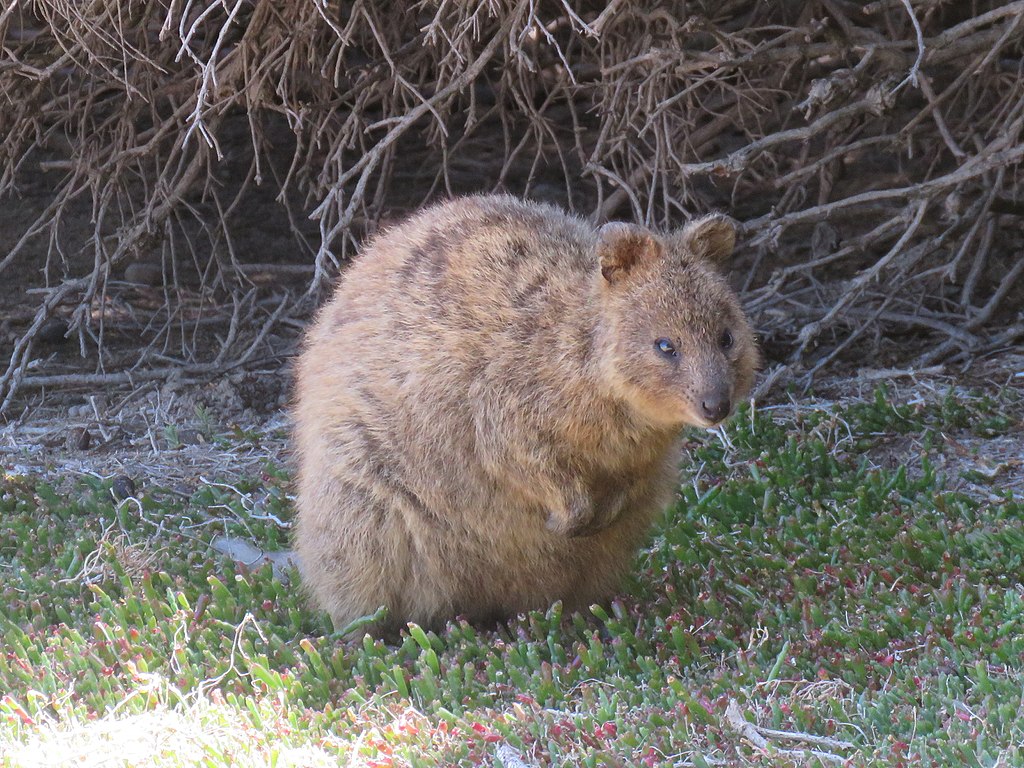
The quokka, a small and friendly marsupial native to southwestern Australia, is famous for its “smiling” facial expression, which has made it popular worldwide. Despite their friendly appearance, they are highly adaptable and resilient, thriving in challenging environments like dry woodlands and scrublands. These marsupials are herbivores and have a unique digestive process that allows them to reingest partially digested food for maximum nutrient absorption, a helpful adaptation in nutrient-poor environments. They live in groups, and although solitary, they display a degree of social structure within their colonies. Unlike many other marsupials, quokkas have a shorter reproductive cycle, giving birth only a month after mating and raising their young in their pouch for six months. Their populations are largely restricted to specific areas, and they face threats from habitat loss and introduced predators. Conservationists have focused on these “happy” marsupials, creating sanctuaries and breeding programs to protect them.
Honey Possum (Tarsipes rostratus)
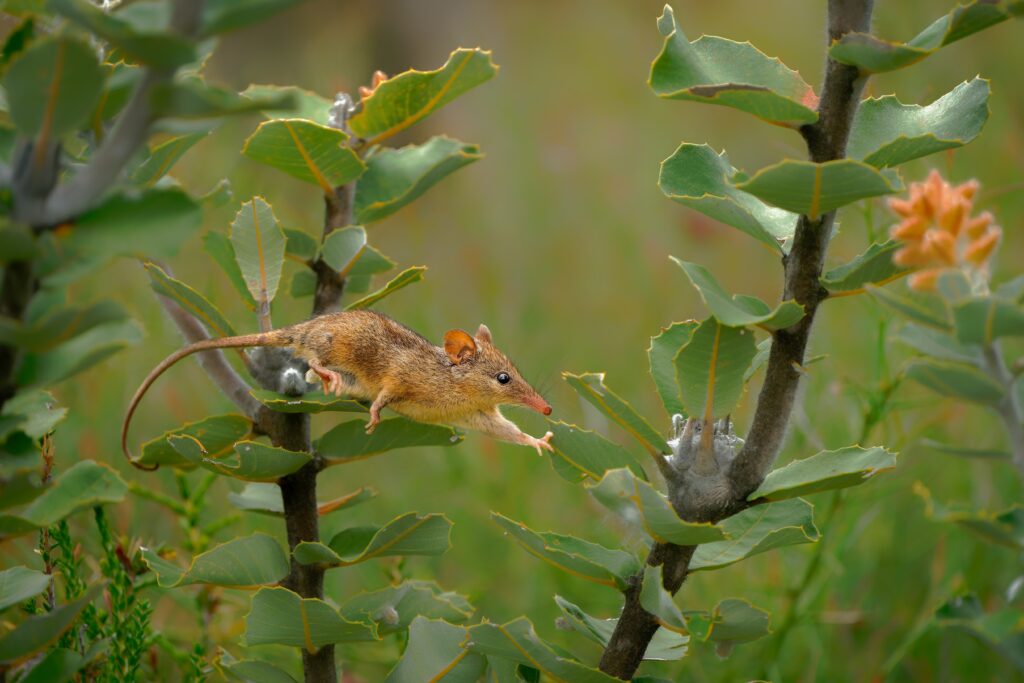
The honey possum, also known as the noolbenger, is one of the tiniest marsupials in the world, native to southwestern Australia. Uniquely adapted to feed on nectar and pollen, it has an elongated tongue covered in brush-like papillae, allowing it to efficiently gather food from flowering plants. Its diet makes it a vital pollinator in its ecosystem, especially for certain native plants that rely exclusively on them for reproduction. They have a high metabolism and must feed frequently to maintain energy levels, consuming up to twice their body weight in nectar daily. Unlike many marsupials, they do not have a true pouch; instead, females carry their young clinging to their bodies. It has been observed to hibernate temporarily during cold or food-scarce periods, conserving energy. Despite their small size, they play a crucial role in the biodiversity of their habitats, supporting plant reproduction.
Red Kangaroo (Macropus rufus)
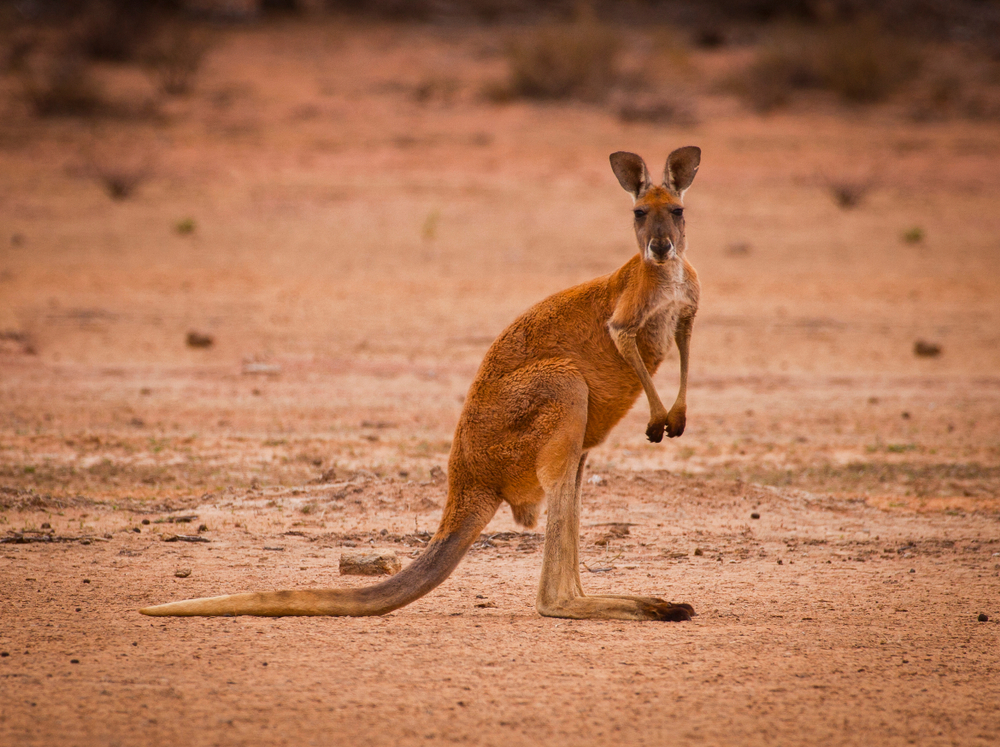
The red kangaroo is the largest marsupial on Earth and is found throughout Australia’s arid and semi-arid interior. Known for their powerful hind legs, they can leap over three meters in a single bound and reach speeds up to 60 kilometers per hour, making them highly efficient travelers across the vast outback. They are remarkably adapted to survive in extreme conditions, with the ability to concentrate their urine to conserve water and tolerate high body temperatures. They live in groups called mobs and have a social hierarchy, led typically by a dominant male. Females exhibit embryonic diapause, a reproductive adaptation that allows them to delay the development of an embryo until conditions are favorable for rearing young. Their fur varies in color, with males displaying a reddish hue and females a bluish-gray. They are a keystone species in their ecosystem, as they help manage vegetation growth by grazing extensively.
Yellow-Bellied Glider (Petaurus australis)
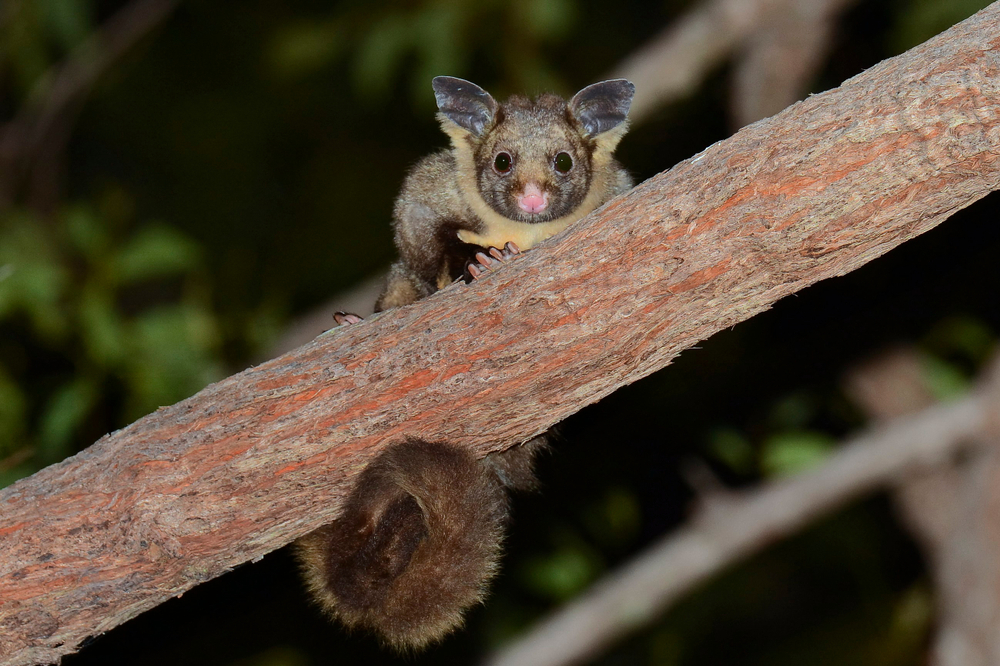
The yellow-bellied glider, also called the fluffy glider, is a large, nocturnal marsupial found in the forests of eastern Australia. Known for its gliding ability, it can soar over 100 meters between trees, thanks to a large membrane stretching from its wrists to ankles. Its unique diet includes nectar, pollen, tree sap, and insects, and it uses its sharp teeth to strip bark and access the sugary sap beneath. They are highly vocal animals, using a range of calls to communicate and establish territory within their family groups. They are highly agile and can maneuver skillfully between branches to evade predators. Unlike other glider species, they have larger home ranges, requiring extensive forested areas to thrive. Habitat loss poses a significant threat to their populations, and conservation efforts aim to protect and restore their natural habitats.
Tasmanian Devil (Sarcophilus harrisii)
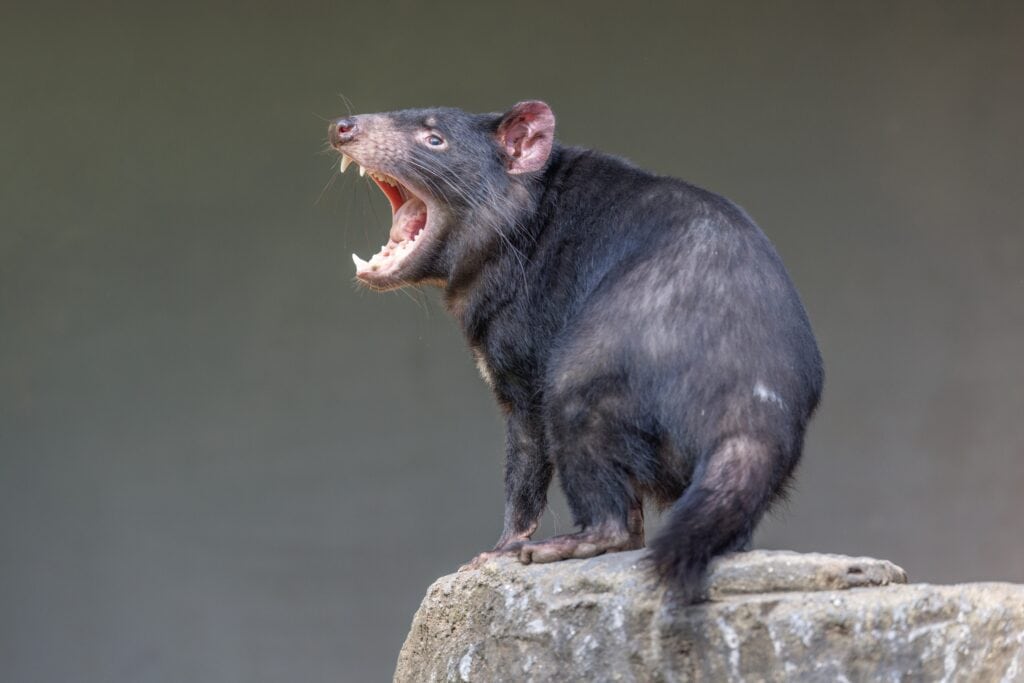
The Tasmanian devil, the world’s largest carnivorous marsupial, is native to Tasmania and known for its powerful jaws and ferocious feeding behavior. These nocturnal creatures feed on carrion, using their sharp teeth and strong jaws to consume bones and hide, making them effective scavengers that help clean the environment. They have a remarkable immune system and can survive in areas with harsh conditions, yet they face a unique threat: a contagious cancer known as devil facial tumor disease (DFTD), which has severely impacted their populations. They are known for their loud, screeching vocalizations and aggressive posturing, which are used to communicate and establish dominance while feeding. They have a short gestation period of about 21 days, and the young are carried in a backward-facing pouch for about four months. Conservation programs are working to breed disease-free populations and understand their immune responses to combat DFTD. Despite challenges, it remains a symbol of resilience and strength in the wild.
This article originally appeared on Rarest.org.
More from Rarest.org
12 Rare Mammals That Live in the World’s Tallest Mountains
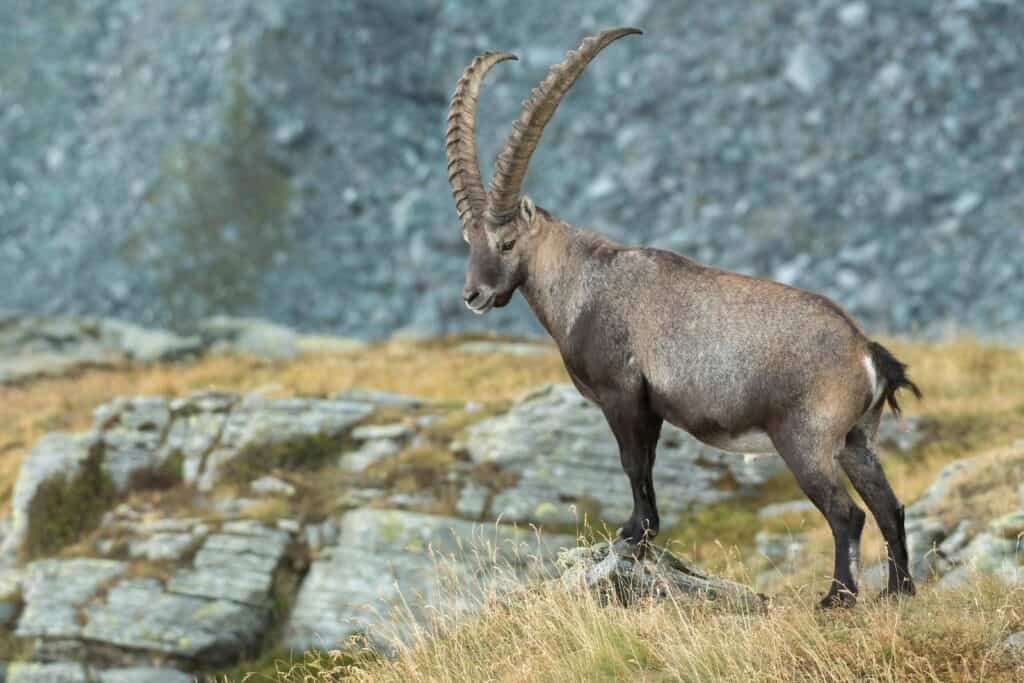
High-altitude regions around the world are home to some of the most unique and uncommon mammals on the planet. They have adapted to survive in the harsh, cold, and rugged environments of the world’s tallest mountains. Read More.
22 Striking Reptiles with Unusual Color Patterns

Reptiles are known for their impressive variety, and some species boast truly striking color patterns. Their coloration not only serves a purpose in camouflage or mating but also highlights the incredible diversity of the reptile world. Read More.
10 Exotic Island Birds Found Nowhere Else on Earth
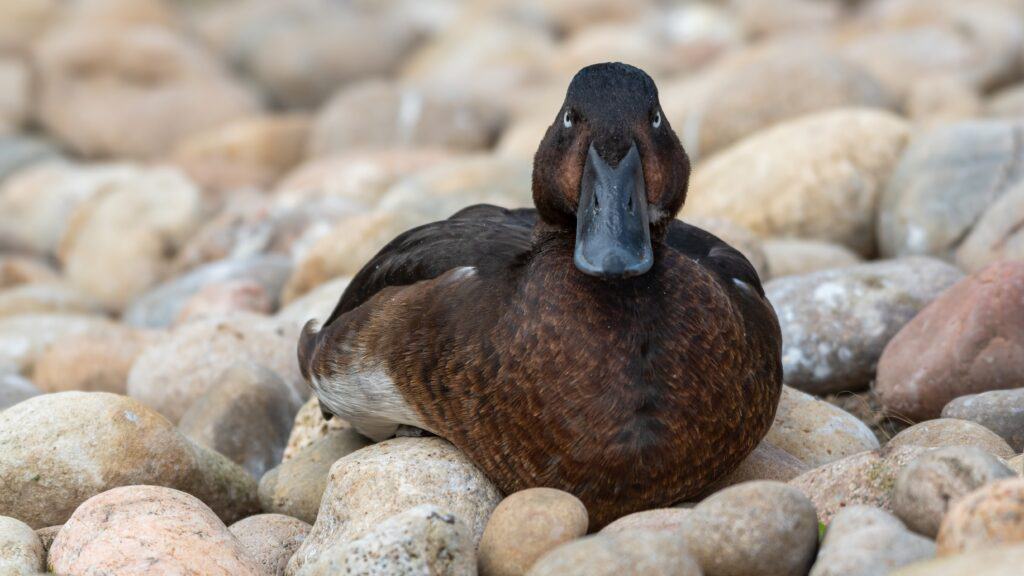
Islands are home to some of the most unique and fascinating birds on Earth, many of which can’t be found anywhere else. These exotic island birds have evolved in isolation, adapting to their specific environments, making them truly one-of-a-kind. Read More.
